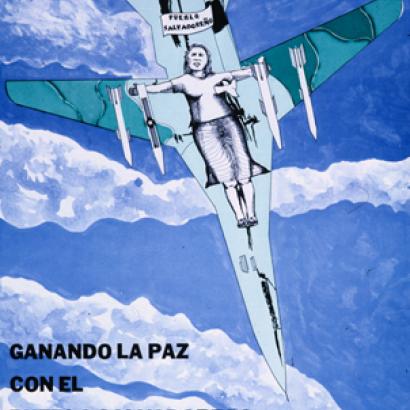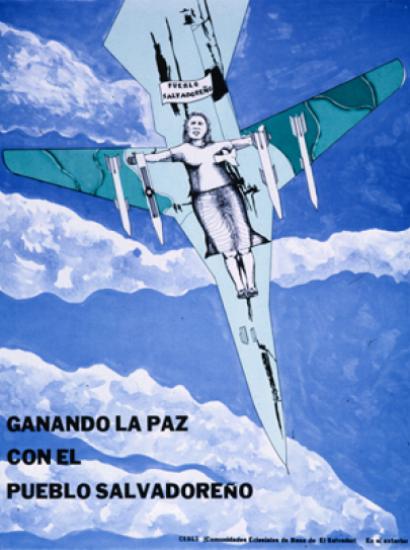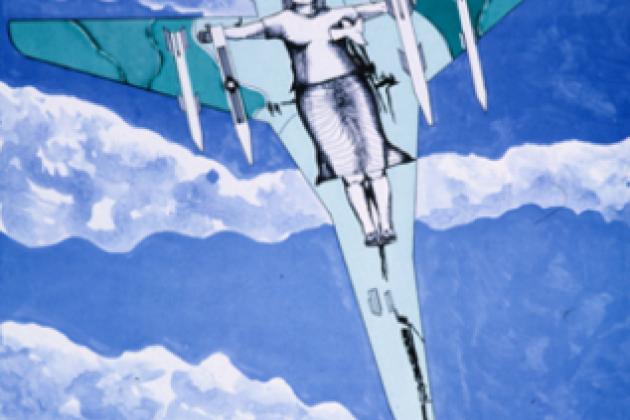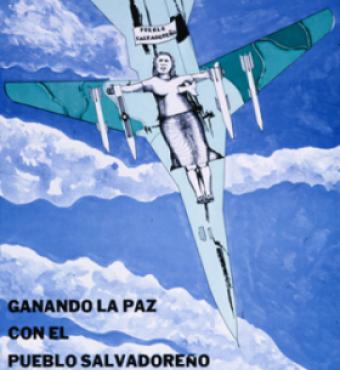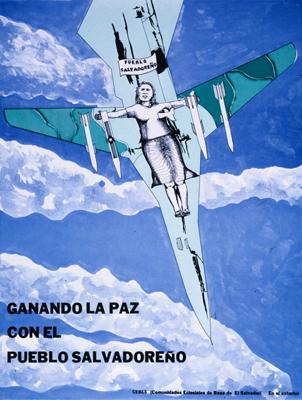- Security & Defense
- US Defense
- Terrorism
- History
- Military
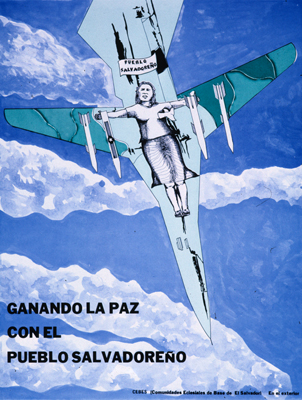
President Obama has adopted a “light footprint” approach to battling the Islamic State, Al-Qaeda, Al-Qaeda in the Arabian Peninsula, and other terrorist groups. Essentially this means putting few if any American “boots on the ground,” and instead relying on training and arming proxy forces such as the Yemeni, Pakistani, or the Iraqi military while staging air strikes to eliminate terrorist leaders. How well has this approach worked historically?
There are a few success stories. In 139 B.C., the Romans helped put down a revolt in Hispania (Spain) by arranging the murder of the rebel leader Viriathus. His death succeeded in scattering his followers, but new revolts soon boomed. Another example of such a strategy more or less working occurred in 1901 when Brigadier General Frederick Funston led a daring raid to capture Emilio Aguinaldo, the leader of the Philippine “insurrectos.” His capture, and his call for his comrades to lay down their arms, hastened the end of the Philippine Insurrection against American rule.
But there are just as many examples of such a strategy failing. In 1992, for example, Israel killed Abbas al-Musawi, the secretary general of Hezbollah. But Hezbollah emerged stronger than ever under his successor, Hassan Nasrallah. Nor was Hezbollah significantly slowed by the 2008 assassination, in a joint CIA-Mossad operation, of its military chief, the terrorist mastermind Imad Mughniyah. Likewise, Al-Qaeda in Iraq—the predecessor organization to the Islamic State of Iraq and Syria—became stronger than ever after its founder, Abu Musab al-Zarqawi, was killed in an American airstrike in 2006. Al-Qaeda central also survived the death of its founder, Osama bin Laden, and its brand has now spread across the Muslim world.
What these examples suggest is that decapitation strategies work best against insurgent groups that are relatively small and weak and focused around a cult of personality. They do not work so well against larger, more entrenched organizations such as ISIS or Al-Qaeda in the Arabian Peninsula which have a deep bench to replace lost leaders.
Defeating such groups requires “boots on the ground”—if not American boots than those of a reliable and effective ally. The U.S. has had some success in generating such allies with small deployments of trainers who do not go into direct combat: El Salvador in the 1980s and Colombia in the 2000s are paradigmatic examples. But to be effective such aid has to be delivered to a functioning state with a strong leader such as José Napoleon Duarte or Álvaro Uribe. There is, alas, no such leader to be found in places such as Iraq, Pakistan or Yemen today—to say nothing of Nigeria, Syria, Somalia, and Libya—which suggests that the Obama approach is not likely to succeed absent a greater infusion of American combat power.







